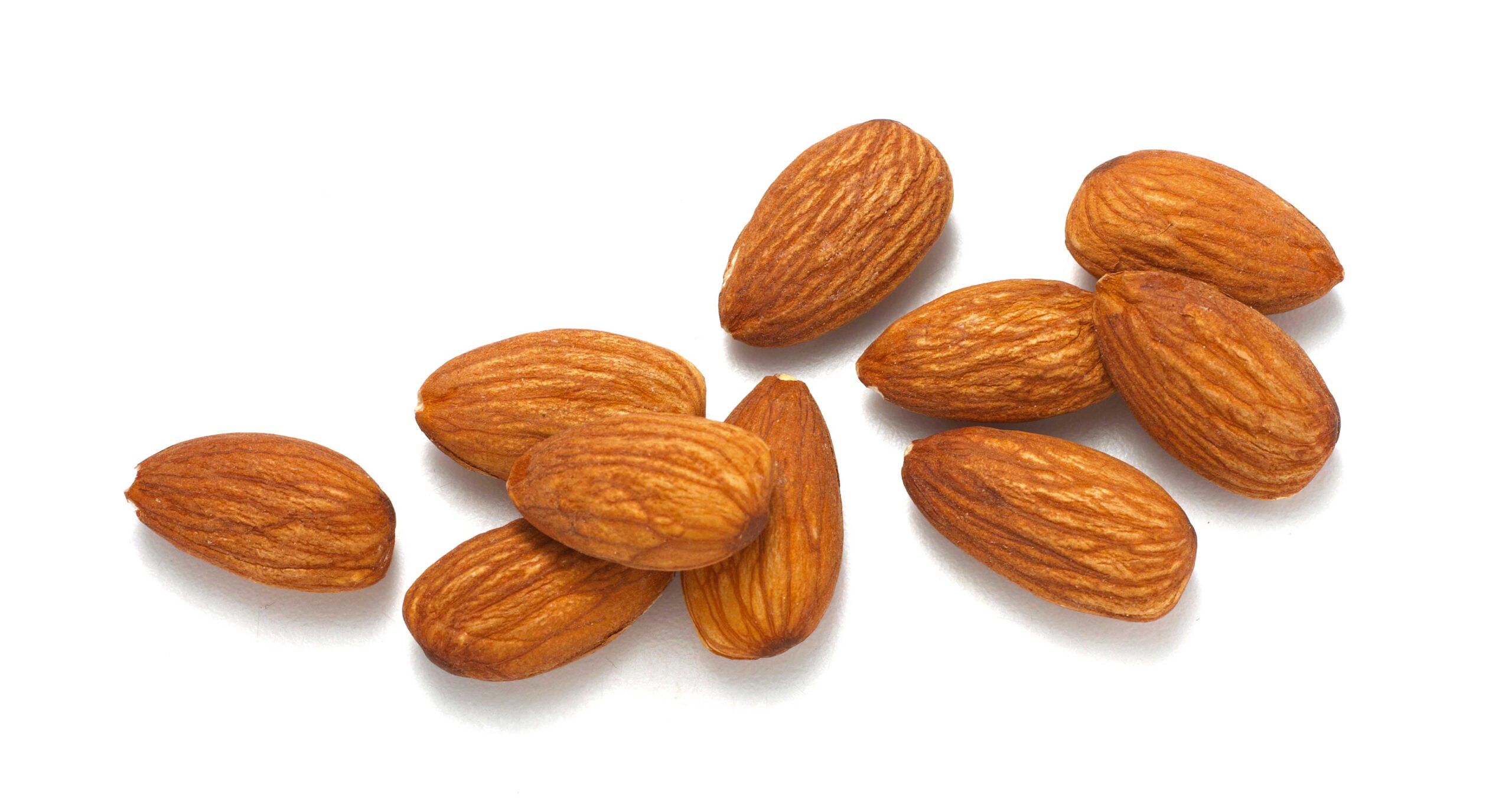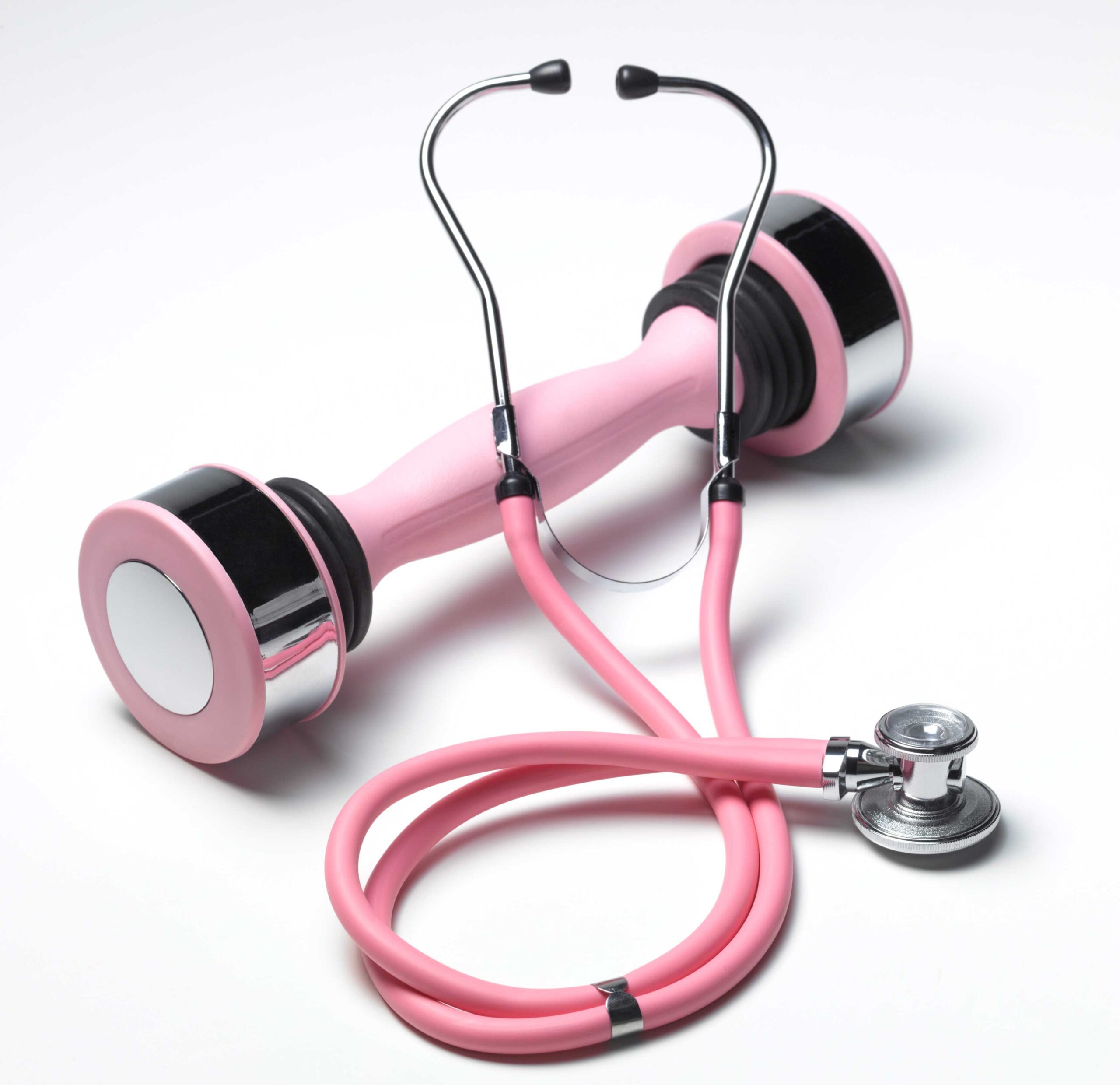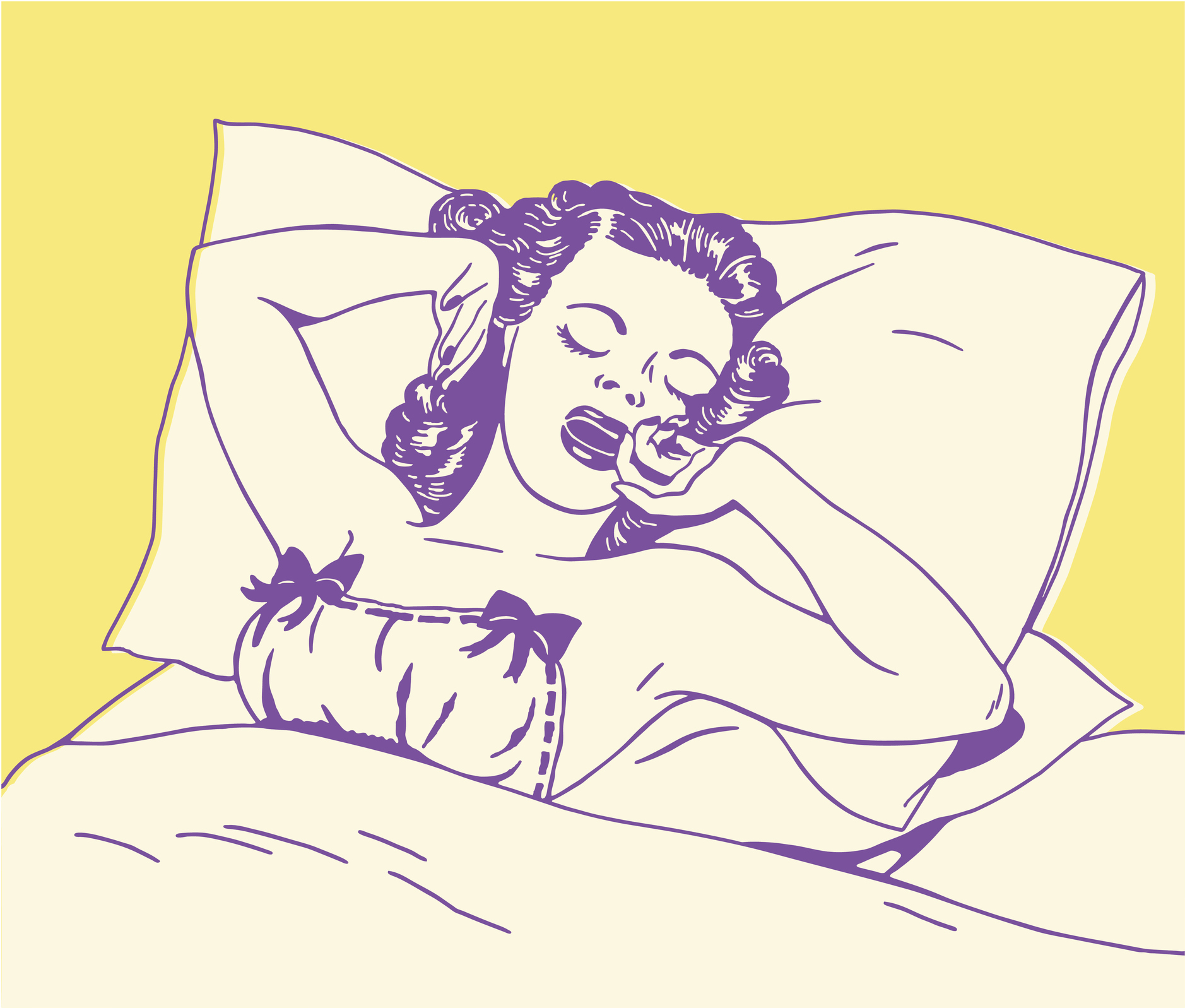There’s a real, tangible ‘gender gap’ with some diseases – and not just obvious ones like breast cancer, endometriosis or polycystic ovary syndrome.
The reality is that women are more at risk of a few common health issues, such as depression, insomnia and migraines. It’s not fair, but it is true – so we take a look at the reasons why and see what can be done.
Insomnia
The stats:
A 2015 study in Australia showed 50 per cent more women than men reported experiencing insomnia over a 12-month period.
Why:
Hormonal changes play a role, particularly around menopause, which increases the risk of insomnia. But recent research also shows women may be more likely than men to inherit specific genes that increase the likelihood of experiencing sleep problems.
Fight back by:
Devoting 20 minutes a day to mindfulness meditation. Regular practice creates a significant improvement in sleep quality for people living with insomnia, according to a study.
Alzheimer’s
The stats:
One in six women over the age of 65 will develop Alzheimer’s disease, compared to one in 11 men.
Why:
Women’s brains tend to accumulate more amyloid, a protein that forms the plaques that play a role in the development of Alzheimer’s. Researchers still aren’t sure why, but one theory is that carrying two X chromosomes increases the chance of inheriting a gene that bumps up the risk.
Fight back by:
Following the MIND diet, which can lower your Alzheimer’s risk by as much as 53 per cent, according to a 2015 study. Even following the diet moderately well lowers your risk by 35 per cent. The diet involves:
Eating:
At least six serves of green leafy veg a week; other vegetables at least once a day; five serves of nuts a week; two or more serves of berries a week; at least three serves of beans a week; three or more serves of wholegrains a day; fish once a week; poultry twice a week.
Using: Olive oil as your main cooking oil.
Drinking: One glass of wine a day.
*Avoiding:** Red meat; butter or margarine; cheese; fried or fast foods; pastries and sweets.

Depression
The stats:
One in five women experience depression at some stage in their lives, compared to one in eight men.
Why:
Certain life events which are specific to women can increase the risk of depression, including having a baby or going through menopause early. Menopause is also a risk factor if you have a history of depression. Plus, women are more likely to be carers for other family members, a role that can increase the risk of depression.
Fight back by:
Spending at least half an hour in a ‘green space’ each week. Take a stroll among greenery and you will be much less likely to experience depression, according to the findings of a 2016 study. This may be because time spent in nature leads to decreased activity in a brain region associated with rumination or repetitive negative thoughts – an important factor in the development of depression.

Rheumatoid arthritis
The stats:
It occurs in three times as many women as men.
Why:
Rheumatoid arthritis (RA) is a type of autoimmune disease, a group of diseases that are more prevalent in women. The exact reasons aren’t clear yet, but X-chromosome and immunity-related genes, and hormones and environmental factors, are likely to play a role.
Fight back by:
Eating oily fish, such as salmon and tuna, which are high in omega-3 fatty acids, at least once a week. These block inflammatory substances, which helps to lower the risk of developing RA by as much as 52 per cent. Fish oils have also been found to decrease joint tenderness and stiffness in RA patients.

Stroke
The stats:
One in five women have a stroke in their lifetime, compared to one in six men. And a much greater proportion of those who die as a result of stroke are women.
Why:
Women have some unique stroke risk factors, including using hormone replacement therapies and contraceptive pills, which can increase the risk of a blood clot, leading to an ischaemic stroke. Women are also more at risk of experiencing a burst blood vessel in the brain, which causes a haemorrhagic stroke.
Fight back by:
Exercising more. Your stroke risk falls by more than a third the fitter you are after age 45. One explanation is exercising for more than four hours a week means you’re 20 per cent less likely to have high blood pressure, a known risk factor for stroke.


